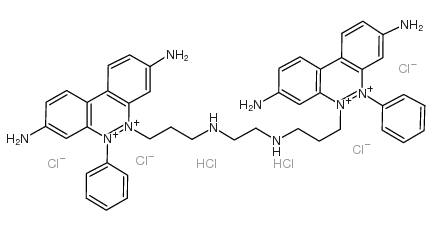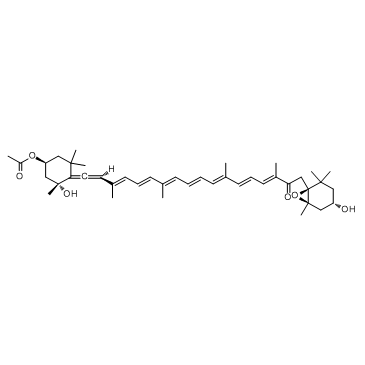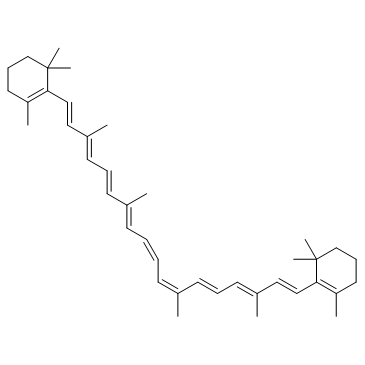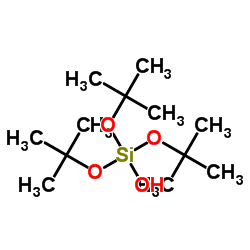| Structure | Name/CAS No. | Articles |
|---|---|---|
 |
Ethidium homodimer
CAS:61926-22-5 |
|
 |
Fucoxanthin
CAS:3351-86-8 |
|
 |
Resorufin
CAS:635-78-9 |
|
 |
Beta-Carotene
CAS:7235-40-7 |
|
 |
Tris(2-methyl-2-propanyl) hydrogen orthosilicate
CAS:18166-43-3 |